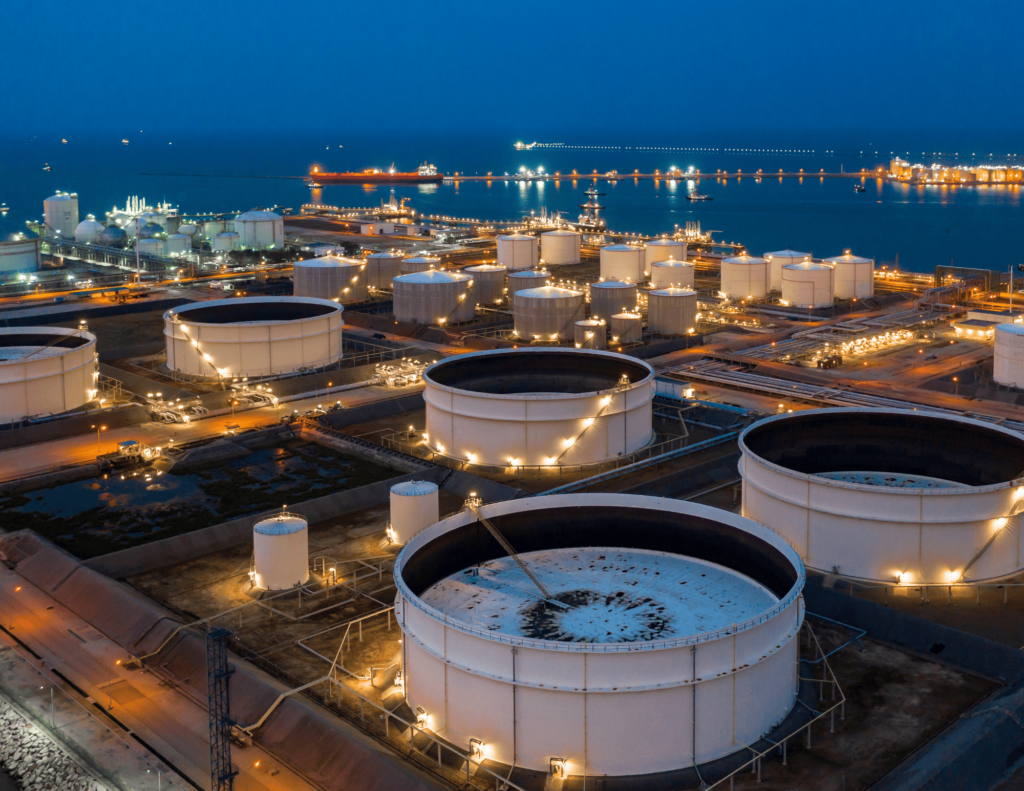Poor Performance & Hidden Costs: Why Teflon™ is Failing Your Tank Seals

Still trusting Teflon™ to protect your product, your tanks, and your bottom line? In 2025, that’s like guarding your data with a floppy disk.
In the aboveground storage tank (AST) world, materials matter. Especially when it comes to floating roof seals, where failure isn’t just a nuisance – it’s a direct hit to your ROI, compliance, and safety.
At Mesa ETP, we’ve seen the evidence: Teflon™ is aging out – quickly. Armor Fabric™ is the future.
The Truth: Teflon™ Can’t Handle Modern Tank Demands
Sure, Teflon™ has name recognition. It resists chemicals. But that’s where the praise ends.
Here’s what Teflon™ won’t tell you:
- It’s rigid, prone to cracking, and is incredibly fragile.
- It lets moisture through like a sponge in disguise.
- And yes – it’s made from PFAS, the environmental villain making headlines and regulation lists around the globe.
That’s not a seal. That’s a liability.
The Showdown: Armor Fabric™ vs. Teflon™
Let’s break it down – no fluff, just facts.
Moisture Vapor Transmission (MVT)
Let’s be clear: Moisture = Vapor. Vapor = Emissions. Emissions = Product Loss. When vapor escapes through the seal, you’re not just losing compliance – you’re losing inventory.
- Teflon™: As permeable as landscaping fabric. It holds emissions about as well as plain copy paper – meaning it doesn’t.
- Armor Fabric™: Engineered to be virtually impermeable. It keeps your product where it belongs – sealed in, compliant, and protected.
Flexibility & Fatigue Resistance
Floating roofs move. Your seal material better move with them.
- Teflon™: Rigid. Cracks under stress. Delaminates.
- Armor Fabric™: Built to flex. Bends without breaking. Holds up over years of stress cycles.
Tear Resistance
Tears happen fast – especially during installation or cycling.
- Teflon™: Brittle. Tears easily. Propagates under pressure.
- Armor Fabric™: Reinforced for strength. Stops tears before they start.
Chemical Compatibility
You store tough stuff. Your seal needs to stand up to it.
- Teflon™: Good chemical resistance, but struggles with blends and ozone.
- Armor Fabric™: Built for hydrocarbons, additives, ethanol blends, and more.
It’s a Tie – But only Armor Fabric™ gives you chemical resistance plus durability and flexibility.
PFAS-Free = Future-Proof
Let’s talk about the elephant in the tank: PFAS. Teflon™ is a fluoropolymer – and that puts you directly in the regulatory crosshairs.
- Teflon™: Contains PFAS. Increasingly restricted. Possible future liability.
- Armor Fabric™: 100% PFAS-free. Fully compliant with global environmental standards.
The Final Scorecard
| Feature | Teflon™ | Armor Fabric™ |
| Moisture Barrier | High Moisture Penetration | Ultra-Low Moisture Penetration |
| Flexibility | Brittle, Cracks Easily | Fatigue-Resistant |
| Abrasion Resistance | Moderate at best | Incredibly High |
| Tear Resistance | Poor | Excellent |
| Chemical Resistance | Excellent | Excellent |
| PFAS | Ladden with PFAS | Completely PFAS-Free |
Stop Settling. Start Sealing Smart.
Armor Fabric™ was designed by engineers who live and breathe tank integrity. It’s built to solve the real-world problems that Teflon™ creates.
You don’t run your operations on legacy systems – why seal them with one?
Contact Us For More Information
Schedule Your Free Tank Trends Talk Now
Download our Armor Fabric™ vs Teflon™ Performance Test Report
Monthly Archives
- November 2025
- October 2025
- June 2025
- May 2025
- March 2025
- February 2025
- December 2024
- November 2024
- May 2024
- April 2024
- January 2024
- October 2023
- August 2023
- May 2023
- April 2023
- June 2022
- May 2022
- September 2021
- July 2021
- January 2021
- August 2020
- July 2020
- May 2020
- April 2019
- January 2019
- November 2017
- October 2017
- July 2017
- June 2017
- May 2017
- April 2017
- February 2017
- November 2016